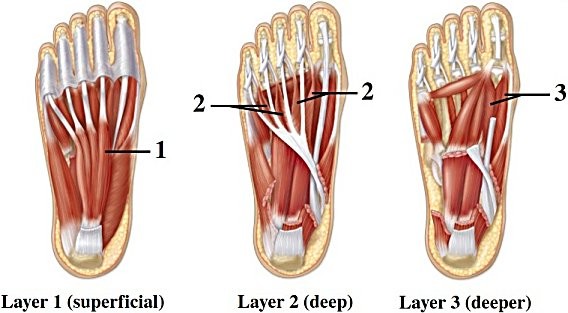Discuss the four main types of cells found in gastric glands and indicate their secretions
What will be an ideal response?
The four main types of cells found in gastric glands are diffuse neuroendocrine system (DNES) cells, chief cells, parietal cells, and mucous neck cells. 1 ) Diffuse neuroendocrine system (DNES) cells secrete hormones such as gastrin. Gastrin stimulates secretions from other gastric gland cells called parietal cells. 2 ) Chief cells secrete an inactive enzyme known as pepsinogen. When pepsinogen encounters an acidic pH in the stomach, it becomes the active enzyme pepsin and begins protein digestion in the stomach. 3 ) Parietal cells release both hydrochloric acid (HCl) and intrinsic factor. Hydrochloric acid is responsible for the acidic pH of gastric juice. Intrinsic factor is required for intestinal absorption of vitamin B12. 4 ) Mucous neck cells secrete acidic mucus.
You might also like to view...
A rabbit is presented for hematuria, stranguria, lethargy, and anorexia. A UA is performed and a radiograph is taken and uroliths are diagnosed. The rabbit is anesthetized and a cystotomy is performed to correct the problem. (Key: remember, the color of rabbit urine can vary from clear to white to red depending on diet and individual variation.) Another term for urolith is:
A) nephrolith B) renolith C) bladdolith D) cast E) urinary calculus
The kidneys
A) transport urine, as well as semen, in males. B) are covered by a layer of muscularis mucosa. C) conduct urine to the exterior. D) produce urine. E) temporarily store urine prior to elimination.
A(n) ________ consists of a combination of a weak acid and its associated anion
A) water balance B) exchange pump C) leak channel D) fixed acid E) buffer system
 These figures show the intrinsic muscles of the right foot. What muscle or group does number 2 indicate?
These figures show the intrinsic muscles of the right foot. What muscle or group does number 2 indicate?
A. Interossei B. Flexor digitorum brevis C. Abductor digiti minimi D. Abductor hallucis E. Lumbricals